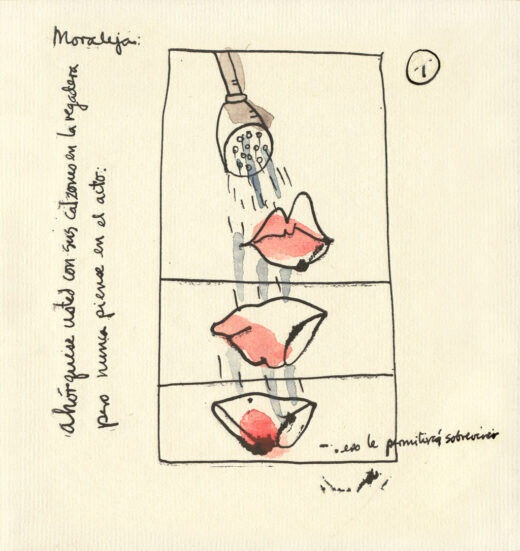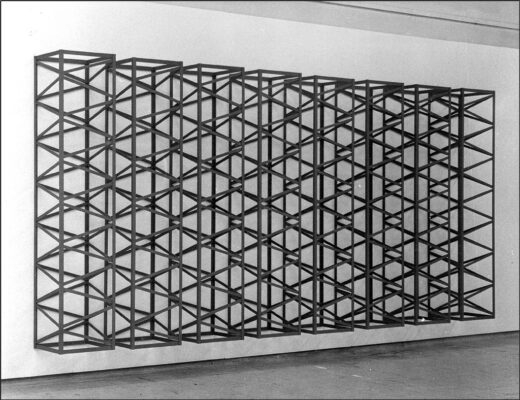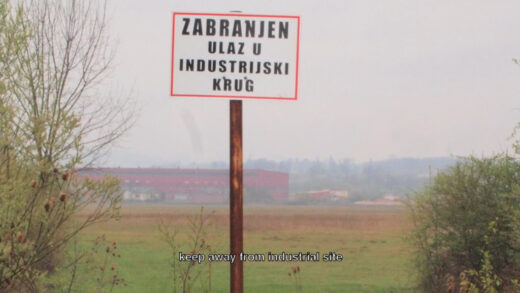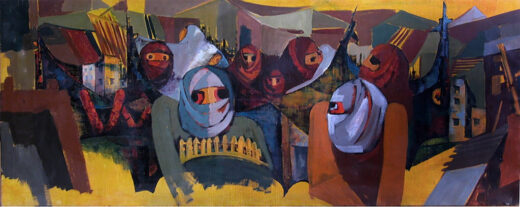ARTMargins Print 12:3 Editorial Statement
The writings in this issue all share a preoccupation with the silences, disappearances, and contradictions within historical archives. Across national, regional, and diasporic spaces, they attend to the deliberate acts of remembering and forgetting that accompanied the political, economic, and technological shifts of the postwar era. Often violent, sometimes incomplete, these shifts required and begat different roles for artistic practice. The turbulence and legacies of 1968, the collective traumas of ethno-nationalist wars, or the ongoing struggles of liberation and neocolonialism have led artists in Mexico, Britain, the Balkans, and Palestine to revalue materials, approaches, and commitments to community.
ARTMargins, … Read more









